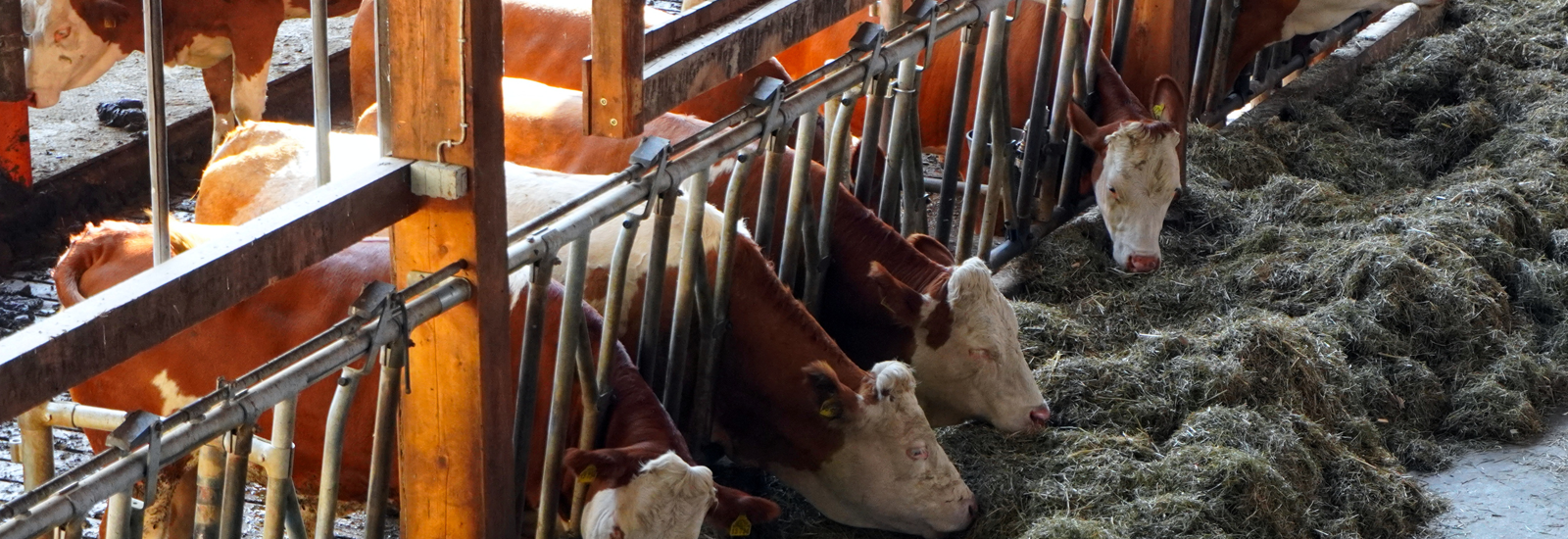
About the Author
ELIZABETH LEVINE (she/her)
Elizabeth Levine is an undergraduate fellow in the Global Arts and Humanities' 2021-22 Society of Fellows cohort. She is pursuing a major in political science and minors in Spanish and Italian. Levine is primarily interested in environmental degradation and its impact on water issues. After graduation, she plans to teach English through the North American Language and Culture Assistants Program in Spain and ultimately work toward a J.D. with a focus on environmental law.
“Next to flying less…as individuals, reducing beef consumption is the most significant contribution [to curbing climate change] directly under our control.”
ALEXANDRE KOBERLE
Research fellow at the Faculty of Natural Sciences at The Grantham Institute for Climate Change, Imperial College London. (Forbes 2020)
Project Overview
Through my project, I learned about the implications that the domestic and international beef production industries have on environmental issues including greenhouse gas emissions, water contamination and deforestation. The beef industry generates high amounts of greenhouse gasses at nearly every stage of the production process, especially in comparison to most other foods on the market. By researching articles online, I learned the data behind this industry’s position as a top greenhouse gas emitter.
Water Pollution and Usage
- The beef production process requires significant amount of water in order to grow feed for cattle.
- Waste from cattle production and slaughterhouses can lead to water pollution, especially if the waste is not properly treated.
- Poor grazing can produce sediment that also contaminates water resources.
Greenhouse Gas Emissions
- Cattle produce high levels of methane as a byproduct of their ruminant digestive process.
- Methane is a heat-trapping greenhouse gas that is approximately 34 times more potent than carbon dioxide.
- As most beef cattle exist outside of U.S. borders, the U.S. contributes less to methane emissions than other countries, such as Brazil.
Deforestation and Soil Degradation
- Foliage is cleared to create pastureland and land to grow cattle feed.
- Converting forests to pastures or lots to grow feed can upset topsoil and organic matter, which can take centuries to restore.
- Illegal deforestation occurs when criminal groups harvest illegally-sourced timber and clear lands later used to graze cattle.
- Elgin, B. (2021, October 19). Beef industry falsely claims low cow carbon footprint. Bloomberg.com. Retrieved March 10, 2022.
- World Wildlife Fund. (n.d.). Beef. WWF. Retrieved March 11, 2022.
- Place, S. E. (n.d.). Beef production: What are the human and environmental... : Nutrition Today. LWW. Retrieved March 11, 2022.
- Rainforest mafias. Human Rights Watch. (2021, May 24). Retrieved March 11, 2022.
- Vetter, D. (2021, December 10). Got beef? here's what your hamburger is doing to the climate. Forbes. Retrieved March 11, 2022.
“Industrial agriculture is focused on extracting maximum profits for minimum costs – an exploitative model with grave consequences for animal welfare, water, land and global heating.”
NINA LAKHANI, ALIYA UTEUOVA and ALVIN CHANG
(The Guardian 2021)

